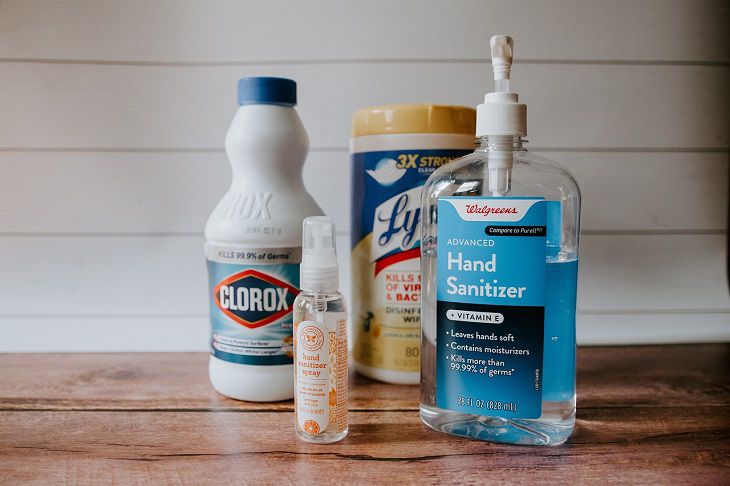Cleaning chemicals that can make you ill: Housekeeping tips
When using cleaning chemicals, you should always be careful - they require safety measures for a reason!
While most of them are completely safe when used properly, some cleaning solutions can make you ill if you accidentally misuse them.
Here are a few cleaning chemicals you should be careful with.
Ammonia
Found in many glass and bathroom cleaners, ammonia can irritate the eyes, throat, and respiratory system.
Ensure proper ventilation when using these products and consider milder alternatives.

Bleach
Bleach, a powerful disinfectant, emits fumes that can irritate the eyes, nose, and throat.
Prolonged exposure or mixing bleach with other substances can create harmful gases.
Use in well-ventilated areas and follow safety guidelines.
Volatile Organic Compounds
Commonly found in air fresheners and some cleaning sprays, VOCs can contribute to indoor air pollution.
Opt for products labeled as low-VOC or VOC-free to minimize respiratory concerns.
Phthalate
Fragranced cleaning products may contain phthalates, known for potential hormone disruption.
Consider choosing fragrance-free alternatives to reduce exposure to these substances.
Triclosan
Found in some antibacterial cleaners, triclosan may contribute to antibiotic resistance and disrupt hormonal systems.
Regular soap and water often suffice for effective cleaning without these potential drawbacks.
Hydrochloric Acid
Present in toilet bowl cleaners and descalers, hydrochloric acid can release strong fumes, causing respiratory irritation.
Exercise caution, use in well-ventilated areas, and consider less abrasive alternatives.
Phosphates
Common in dishwasher detergents, phosphates can contribute to water pollution and harm aquatic life.
Opt for phosphate-free detergents to reduce environmental impact.
Previously, we-ve talked about cleaning the inside of your oven.

